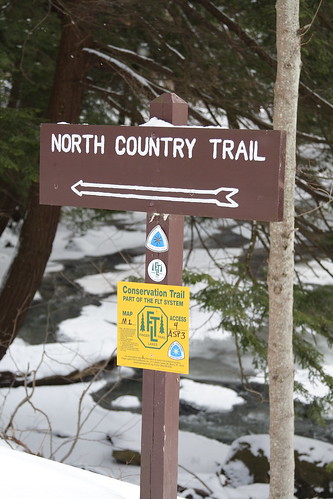a news release of Outdoor Industry Association, with additional comments
The Forest Service, National Park Service (NPS) and the Bureau of Land Management (BLM) are working overtime to meet tight deadlines in identifying projects eligible for funding in the economic stimulus bill. The American Reinvestment and Recovery Act, signed by President Obama last week, directs $3 billion to the Department of Interior and $1 billion to the Forest Service to fund road and trail projects, building and campground maintenance, abandoned mine restoration and to fire mitigation projects.
Interior Secretary Ken Salazar has asked the NPS and BLM to identify their highest priority projects in time to submit a list to the White House by March 3 and plans to hire a "stimulus czar" to oversee the dollars. The Interior Department will also launch a website listing each project, its cost, a chronicle of its progress and the number of jobs created.
The Forest Service is operating under similarly tight deadlines. Each regional forest submitted its priority projects to the headquarters office last week and will submit its proposed list to the White House the first week of March.
Agencies have been told they should submit a mix of projects including trail and campground restoration and that the highest priority will be placed on projects that will create the most private sector jobs.
The National Park Service is the federal agency that oversees the North Country Trail. And the Forest Service is the largest single landowner along the length of the trail. Yet, it is unclear just how much, if any, of this money will benefit the NCT. Agencies have been scrambling to provide projects which can be funded.
The agencies will put private sector contracts out for a bid in the next few months and plan to open regional offices around the country to facilitate the bidding process. Congress has said all the stimulus money must be obligated by September 2010.
Due to the burdens of other federal laws, such as environmental policy, archeological assessments, laws which restrict land purchase, and more, it could be very difficult to create projects and obligate funds by the deadline. Many of the National Forests have been in the process of closing campgrounds, removing infrastructure and cutting back on staff due to budget shortfalls. Let's hope that some of this money can reverse this trend.
布団カバー シングル
-
商品の状態新品、未使用配送料の負担送料込み(出品者負担)配送の方法ゆうゆうメルカリ便発送元の地域長崎県発送までの日数1~2日で発送こちらゆっぴ様専用です。
ちーかわのシングル布団カバーです。 先月,購入しましたが子供の好みではなかったようです。使って頂ける方に。宜しくお願い致します。
※中の台紙を取り外し発送...
6 months ago































































